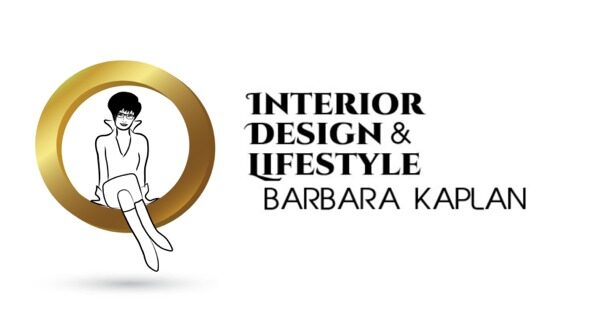Walls – we take them for granted. They protect us, create cozy spaces and serve as the skin of a room. Yet we often overlook their treatment.
Wall covering has changed a lot over the years. The days of Navajo white are long over. People want color on the walls. My clients are now asking me, “What color should we paint the walls?” Before, I would have had to suggest it to them.
Regardless, whether the colors are bright or bold, subdued or muted, they add mood and interest to a room and define the space. They pull all the color elements together and give a more complete look. With color on the walls, rooms have greater personality and style and make a statement about the occupants. You can create a new design style with just a change in wall color and not spend a lot of money.
Don’t be afraid to paint each room a different color – particularly bedrooms where there is a door and a natural stopping point. Open areas generally need to be unified; however, an accent wall or two in a contrasting color can be dramatic and easily achieved. Highlighting architectural details with paint in contrasting colors creates interest that might have gone unnoticed otherwise.
Wallpaper is making a comeback competing with faux finishes and Venetian plasters. Wallpaper can add patterns and shapes in addition to color to bland rooms. Faux finishing is used to create color and texture. It can resemble marble, natural materials or stone effects. Also it can add wonderful texture such as glazing and combing.

One of my favorite wall coverings is fabric. In addition to fabrics having the largest variety of colors, patterns and textures, they add an acoustical element to the room. Soothing the sound with fabric walls changes the energy of any room. Padding made of foam or Dacron is applied to the walls and then fabric is attached over it. Any fabric can be used and, in most cases, it is less expensive than wallpaper – it depends on the cost of the fabric, of course. Another advantage is that it doesn’t damage the walls when it is removed.
Fabric can also be applied directly to the wall with glue. If you choose, you can add wood or metal as accents in a design. You might cut wood into shapes such as squares or diamonds, or buy ready-made metal shapes and glue them onto the fabric covered wall.
If you are handy, make your own wallpaper by cutting out pictures from a magazine or use personal pictures. You can also paint a faux finish on heavy paper and tear it into large pieces and glue them onto the walls overlapping the pieces. With these techniques, you never have any seams.
Another of my favorites is to carry ceramic tile up the walls to the ceiling. This is best done in bathrooms and kitchens or highlighting fireplaces and niches. It is a rich look and usually a surprise. It’s washable and the colors and textures are endless. You can create pictures or designs in the wall using different tiles and turning and cutting them into different shapes.
Vinyl tile can be used in the same way. Vinyl tile can resemble many natural elements such as cork or wood adding warmth. It’s practical in a child’s room because it’s washable and relatively indestructible.
Design your walls to be a focal point as well as bringing your rooms together and have fun doing it.
Remember, that walls have no feelings, YOU do!
